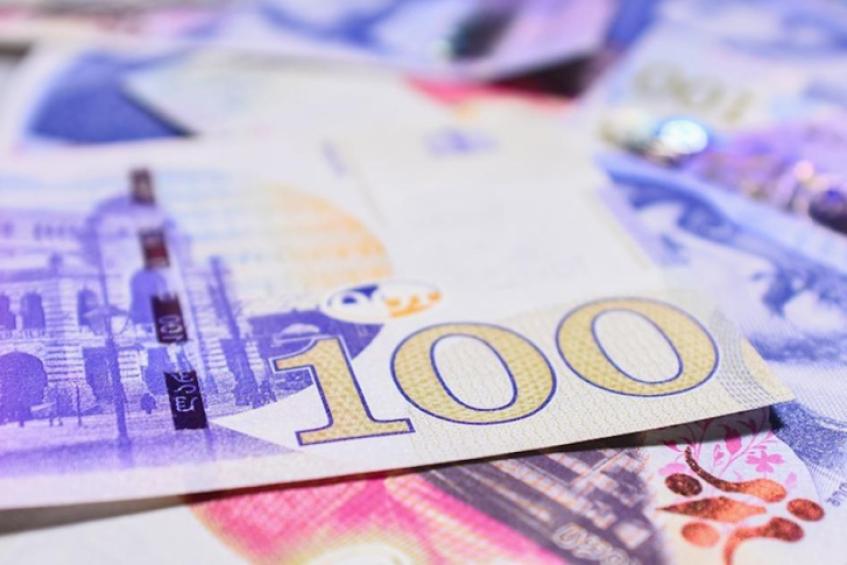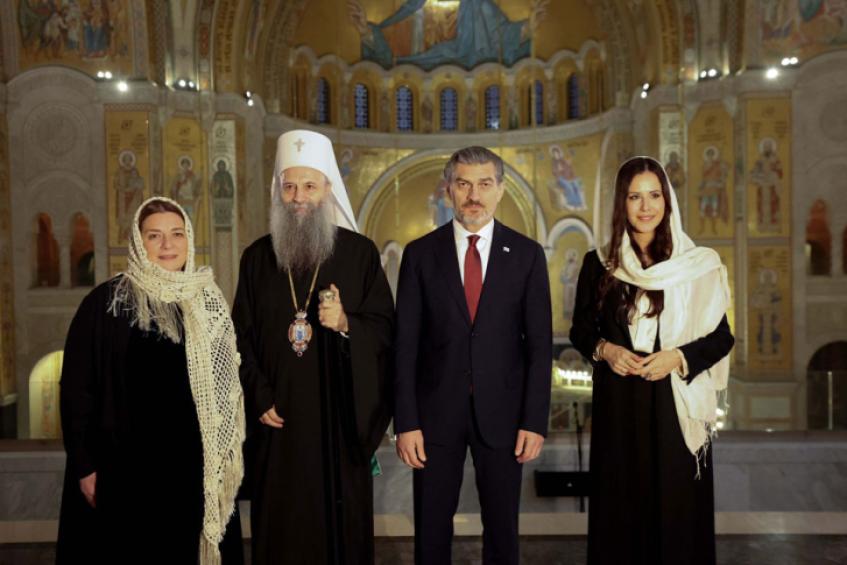
In 2024, Georgia had a total of 197 active economic agents involved in the organization of markets. According to GeoStat, the National Statistics Office of Georgia, these agents were distributed unevenly across the country. Tbilisi accounted for the largest share with 35.5%, followed by Imereti (17.3%), Samegrelo-Zemo Svaneti (12.2%), Kakheti (11.7%), Kvemo Kartli (7.1%), and Adjara (5.1%). Smaller shares were seen in Shida Kartli (4.6%), Mtskheta-Mtianeti (2.0%), Samtskhe-Javakheti (2.0%), Guria (1.5%), and Racha-Lechkhumi and Kvemo Svaneti (1.0%).
Limited Liability Companies were the dominant legal form, comprising 75.1% of all market-organizing entities. Individual Entrepreneurs followed with 21.8%, while Joint Stock Companies and Cooperatives made up 2.1% and 1.0%, respectively.
Private ownership prevailed in the sector, with 95.9% of the markets privately owned, and only 4.1% under state ownership. Collectively, these markets occupied 2 million square meters of space. They were supported by 61 veterinary laboratories, 1,059 storage units covering 22.1 thousand square meters, and 366 cold storage units with a total capacity of 800 tons.
In terms of structure, 36.1% of the markets were fully roofed (enclosed), 34.5% were open-air, and 29.4% were semi-roofed, combining indoor and outdoor trade areas. Market activities included trading of both food and non-food products. Specifically, 31.0% of markets specialized in non-food goods, one market exclusively sold food, three traded in cars, and three others focused solely on poultry and livestock.
Trading schedules varied: 151 markets operated daily, 25 hosted Sunday markets, two operated every day except Sunday, and the remaining markets opened one to four days per week. Across all markets, there were 47.4 thousand trading spots, with an average of 36.5 thousand sellers present daily.
The sector employed an average of 2.7 thousand administrative staff throughout the year, 32.4% of whom were women. Nearly half of the workforce (46.9%) was based in Tbilisi.
In 2024, total income generated by these market-organizing entities reached 194.4 million GEL. The majority came from renting trade stands (167.6 million GEL, or 86.2%), while trading rights licenses contributed 12.0 million GEL (6.2%). The remaining 14.8 million GEL (7.6%) was classified as other income.
On the expenditure side, total spending amounted to 115.2 million GEL, with 47.7 million GEL allocated to employee salaries.
0
0
One US dollar trades at GEL 2.6984
19/12/2025










